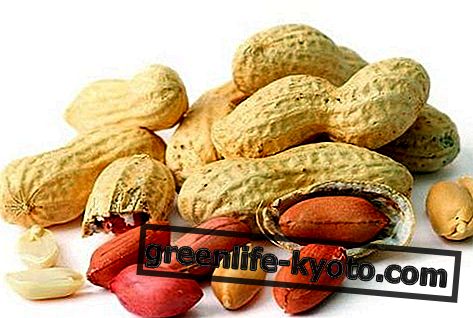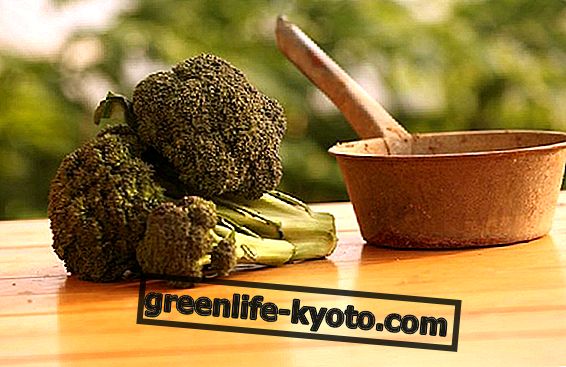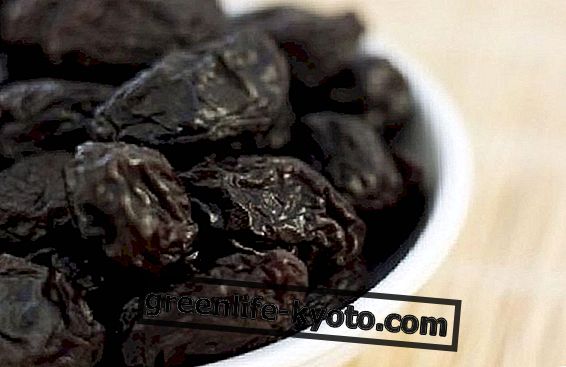
In recent years, thanks to an assiduous word of mouth between travelers and inner researchers who have mostly positive opinions about it, the ancient Buddhist practice of vipassana has returned in vogue and has come out of the traditional and original places (India, Tibet, Bhutan, China, Myanmar and Thailand), to be practiced and taught also abroad.
" Vipassana" is a term belonging to the Pali tradition, borrowed from the Sanskrit "vipyasana", which could be translated as " looking into it intensely ".
Although it exists as an instrument of spiritual practice in ancient yogic contexts, vipassana has been particularly used since the beginnings by Buddhists, as a form of withdrawn meditation for a precise amount of consecutive days, which generally vary from 10 to 40.
During these days you are locked in your room, where food and water are brought at regular times, and where you have the opportunity to observe your mind, your heart and your body, listen to them, and notice where our awareness uses to settle and what is it used to get carried away.
What is experienced in Vipassana meditation?
In such a context, which recalls the search for the vision of Native Americans, without distractions or occupations, but only with oneself and one's vortexes, one has the possibility of having very intense experiences .
Visions, profound reflections, clairaudience, various synaesthesia, profound awareness, are often reported by those who have practiced vipassana at least once. It is generally considered a "life-changing experience", that is an experience of those that change lives.
Obviously if practiced honestly and faced with correct spirit . In fact, there are quite strict rules concerning the practice of vipassana, especially with regard to the preparatory period, which must be made of sexual abstinence and moderation at the table.
How does Vipassana meditation work?
During vipassana meditation, whatever emerges from being and passes through the mind or heart, is only observed, as on a screen, without participation and with detachment .
Whatever the kind of thought or emotion, one remains in a state called "pure witness", which neither identifies with nor gets involved with these superficial vibratory movements, judging their goodness or correctness.
Without identification motions, we will pass through all the normally defined positive and negative states without making them our own : we can go through sadness without being sad or enthusiasm without being enthusiastic, we are far from whirling in our atmosphere, like the we watched from a tower.
Attention to breath in Vipassana meditation
Generally we start by focusing on the only thing that keeps us company when we are separated from all objects and commitments: the breath .
Breath is a process that involves numerous organs and parts of the body that we generally know nothing about .
At the beginning we will focus on the sound and the current of air, then we will become more and more aware of the diaphragm and the movements of the abdomen that are involved.
Then we will gradually become aware of the whole process while thoughts, emotions and sensations begin to emerge around us, not assimilated by the mind, which remains focused on the breath.
This is only the first key to begin to explore the connections between body, mind and spirit, discovering that in reality they are only an appearance, a superficial movement of a non-dual consciousness .
At the beginning of all this a form of mental discernment is the instrument to advance in practice until a form of spontaneous consciousness that proceeds by itself without the slightest effort replaces mental discernment, still too dual and linked to the individual.
Subsequently, a state that is beyond joy and pain, contentment and discouragement, emerges as a consequence of spontaneous consciousness: here all dualities dissolve, gradually creating a state based on equanimity, presence, purity .
Where to practice Vipassana meditation?
In the Asian countries mentioned above, the practice of vipassana is quite common, there is no need to be experienced yogis to practice it and many people face it at least once during their lifetime.
It is not difficult to find vipassana centers that offer courses and retreats. However, as mentioned above, there are more and more possibilities to find courses and retreats also in Europe and America, where the practice of vipassana withdrawal is gaining more and more ground.
Also read Vipassana, deep vision meditation >>













